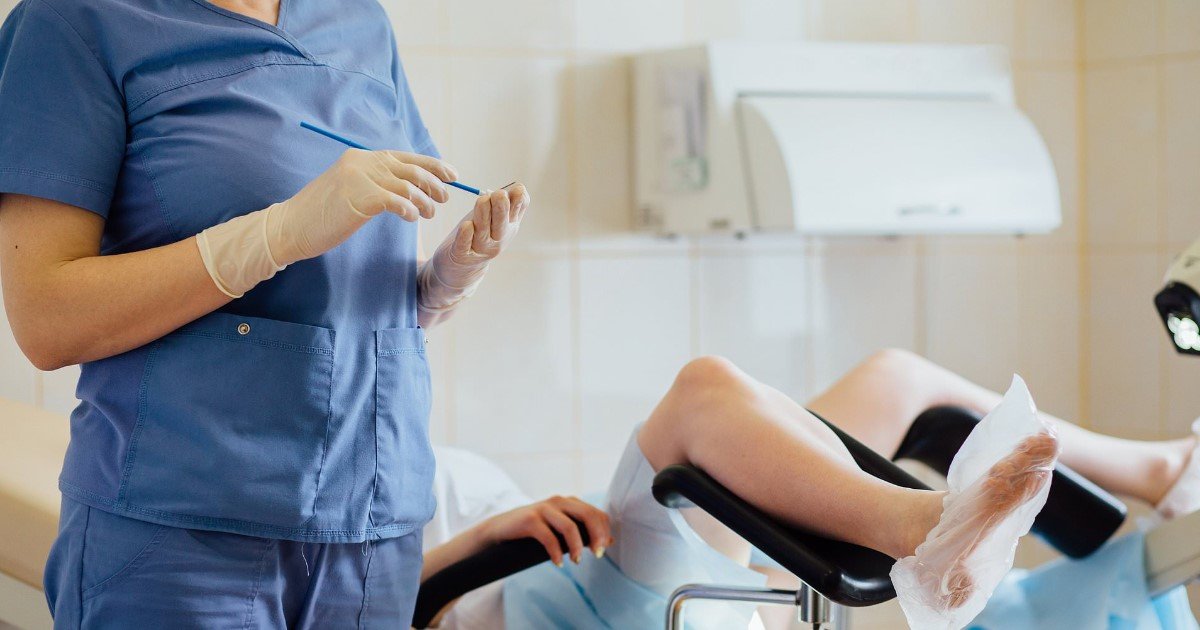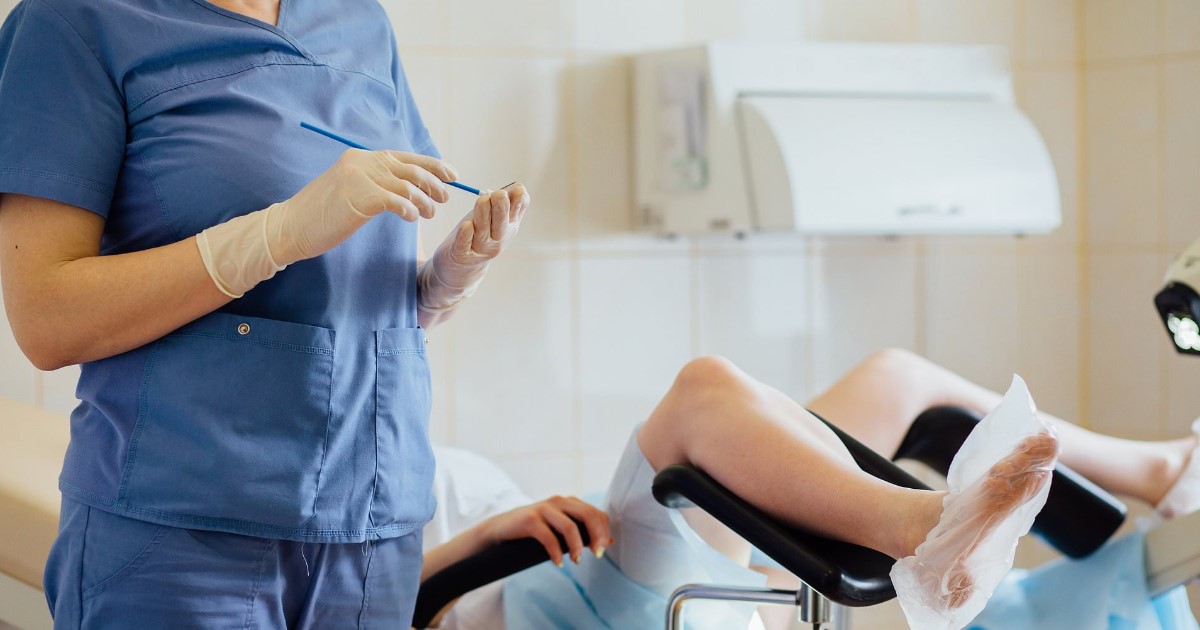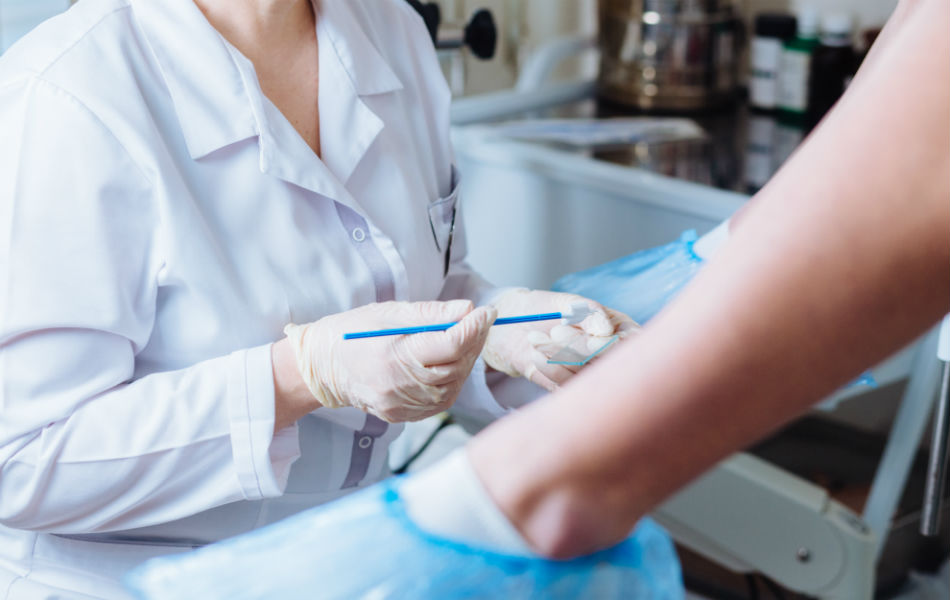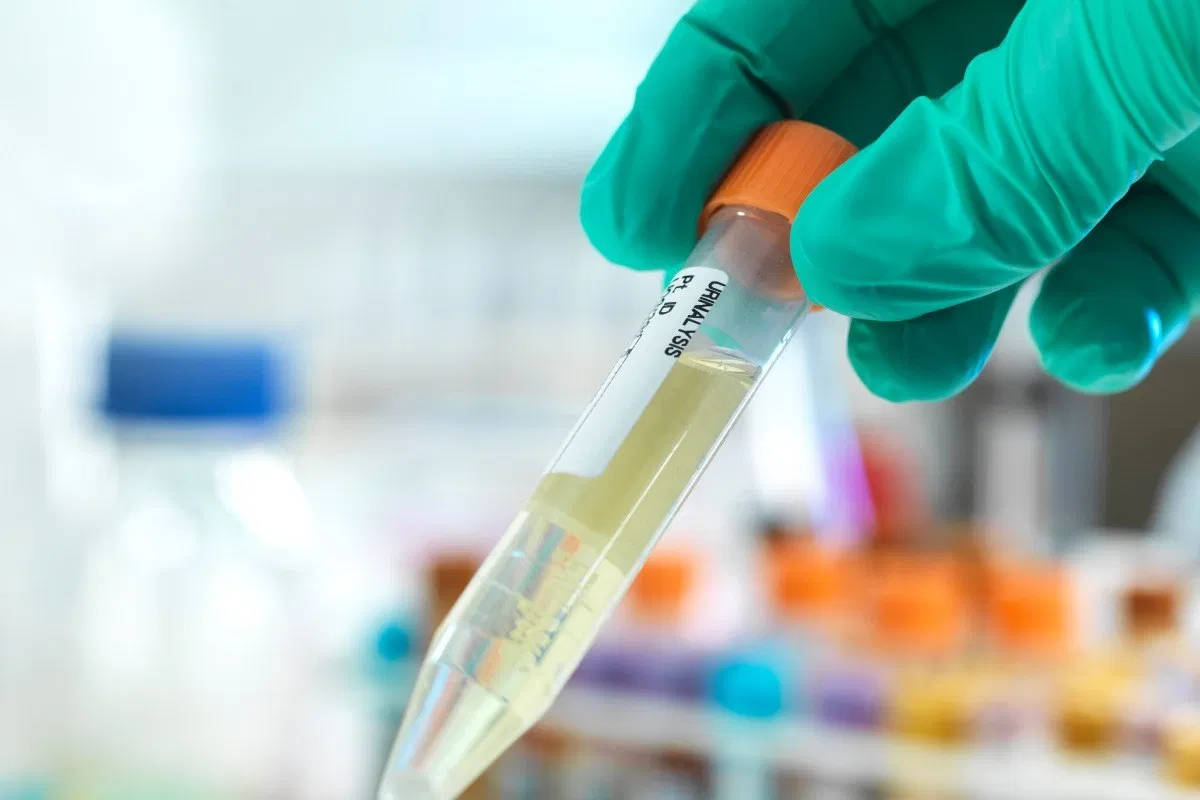The infamous smear test might just be a story of the past, thanks to a ‘game-changing’ advancement in the field of diagnostics.
A recently introduced urine and vaginal swab test can enable women to carry out the test for cervical cancer without having the need to go to any laboratory or a doctor.
The British team of researchers behind the recent diagnostic advancement is hopeful to see this procedure as a routine thing in 3 to 5 years.
The trials of the test equipment were carried out on 600 patients and it detected the ‘pre-cancer’ signs with eighty per cent accuracy, a performance comparable to the recently used methods.
Due to the embarrassing and time-consuming nature of the smear test, many women skip cervical cancer screening, dropping the rate of screening to a 21-year low of just 7 out of 10.
Now, thanks to the new procedure, ladies can send their swab and urine samples to the lab for testing.
The Queen Mary University research team which has developed the test procedure tells that the test detects changes in the DNA that are caused by cancer.
Dr. Belinda Nedjai, the lead researcher, said: “Women in our study were really interested in being able to test themselves at home, rather than the doctor’s surgery, and wanted to know how soon this would be available.
“Over-50’s in particular can avoid smear tests, as they can be more painful at this age, so a non-invasive test is needed to improve attendance.
“We hope urine tests and swabs, done at home and posted away, could eventually be part of the national screening program. It is a good solution to offer to people who have received several invitations and not turned up.”
Around 3,000 women are diagnosed with cervical cancer annually, and the disease claims more than 850 lives a year.
As a screening procedure, women between 25 and 64 years of age are called every three to five years to have the smear test.
The test is done by scrapping cells of the cervix and checking them for changes induced by cancer.
The new study which was unveiled at the National Cancer Research Institute conference, Glasgow, is based on testing the DNA instead of the cells.
The majority of women affected by cervical cancer are also affected by the HPV virus. The virus spreads through sexual interaction and damages the cervical cells, ultimately forming cancer.
The new test developed by Queen Mary University team focuses on observing the changes in the DNA caused by HPV. The test also detects the changes in the EPB41L3 gene which leads to cervical cancer regardless of HPV.
The 600 participants of the research, who all had abnormal smear test results, were asked to test themselves using the new procedure.
As expected, the test was accurate for 83 per cent of the women testing for urine, and 88 per cent of the vaginal swabs had correct results.
The new test can be used as a preliminary defense line, and further tests can be suggested if something wrong comes up in this test.
An even extensive study, on 10,000 people, will be conducted coming year to have a clearer picture of the accuracy of the test.
Dr. Manuel Rodriguez-Justo, a consultant pathologist at University College London, who was not a part of the study, said: “This is exciting research that shows it’s possible to detect cervical pre-cancer that is at high risk of developing into invasive cancer in urine and vaginal samples collected by women in the comfort and privacy of their own homes.”
Chief executive of Jo’s Cervical Cancer Trust, Robert Music, said: “The findings from this research could be a game-changer.
“It could mean those requiring treatment are identified faster and reduce the number of women having to go for potentially unnecessary investigations.
“It is vital that further research is conducted on larger groups of women, however the findings are exciting.”
Replaced!





